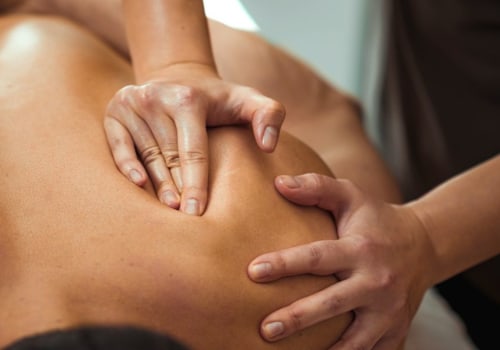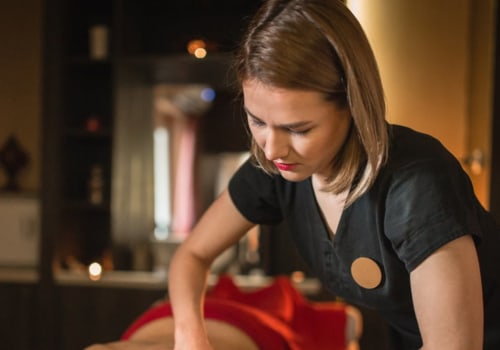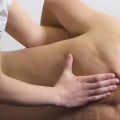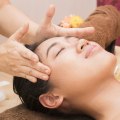Massage therapy has been practiced for centuries across cultures, often celebrated as both an art and a science of healing. Today, it is widely recognized as more than just a luxury indulgence—it is a therapeutic practice with measurable physical and psychological benefits. By manipulating soft tissues such as muscles, ligaments, and tendons, massage stimulates circulation, reduces tension, and promotes relaxation. But the question many people ask is: Is massage truly therapeutic? The answer is yes, supported by a growing body of medical research that highlights its role in pain relief, stress management, and overall wellness. Understanding how massage works and what it can achieve helps reveal why it is considered a cornerstone of holistic health.
Physical Benefits of Massage
One of the primary therapeutic effects of massage is its ability to alleviate pain and support physical recovery. Whether it is back pain from poor posture, sports-related injuries, or tension headaches, massage helps by reducing inflammation and encouraging blood flow to affected areas. Techniques such as deep tissue massage, trigger point therapy, and Swedish massage address muscle tightness and release knots that restrict movement. By improving flexibility and mobility, massage not only eases current discomfort but also prevents future injuries. For individuals with chronic pain conditions such as arthritis or fibromyalgia, regular massage can significantly reduce reliance on medication.
Mental and Emotional Healing
Massage is equally powerful in supporting mental health. The calming environment, combined with the physical act of touch, stimulates the release of endorphins and serotonin—the body’s natural “feel-good” chemicals. This reduces stress hormones like cortisol, creating a profound sense of relaxation. For individuals struggling with anxiety, depression, or insomnia, massage can provide much-needed relief, improving sleep patterns and enhancing mood. The emotional benefits extend beyond relaxation, fostering a deeper connection between mind and body that enhances overall resilience to life’s daily challenges.
Clinical Applications of Massage
Beyond relaxation and stress reduction, massage therapy has specific clinical applications. Hospitals and rehabilitation centers often use massage as part of integrated treatment plans for patients recovering from surgery, managing cancer-related symptoms, or coping with musculoskeletal conditions. Research has shown that patients who receive massage experience reduced pain, quicker recovery times, and improved quality of life. In this way, massage bridges the gap between complementary therapies and conventional medicine, offering supportive care that aligns with patient needs. Just as clinics like Clinica Barbatilor specialize in addressing men’s health concerns with tailored approaches, massage therapy adapts to individual conditions and goals, proving its therapeutic value in diverse contexts.
The Holistic Perspective
Massage’s therapeutic power lies not just in treating isolated issues but in addressing the whole person. By focusing on physical, mental, and emotional well-being, it encourages balance and harmony throughout the body. It works alongside other wellness practices such as exercise, nutrition, and mindfulness, forming part of a holistic lifestyle that prioritizes long-term health. This integrative perspective underscores why massage is recommended by healthcare professionals and embraced by individuals seeking more natural ways to heal and thrive.
Conclusion
Massage is undeniably therapeutic, offering benefits that extend far beyond relaxation. From easing muscle pain and improving circulation to reducing stress and enhancing emotional well-being, its applications are vast and impactful. Whether used for clinical recovery, chronic pain management, or everyday stress relief, massage demonstrates its ability to restore balance and promote healing. By embracing massage as a therapeutic practice, individuals gain access to a natural, effective tool that supports both body and mind, proving its enduring role in modern health and wellness.











